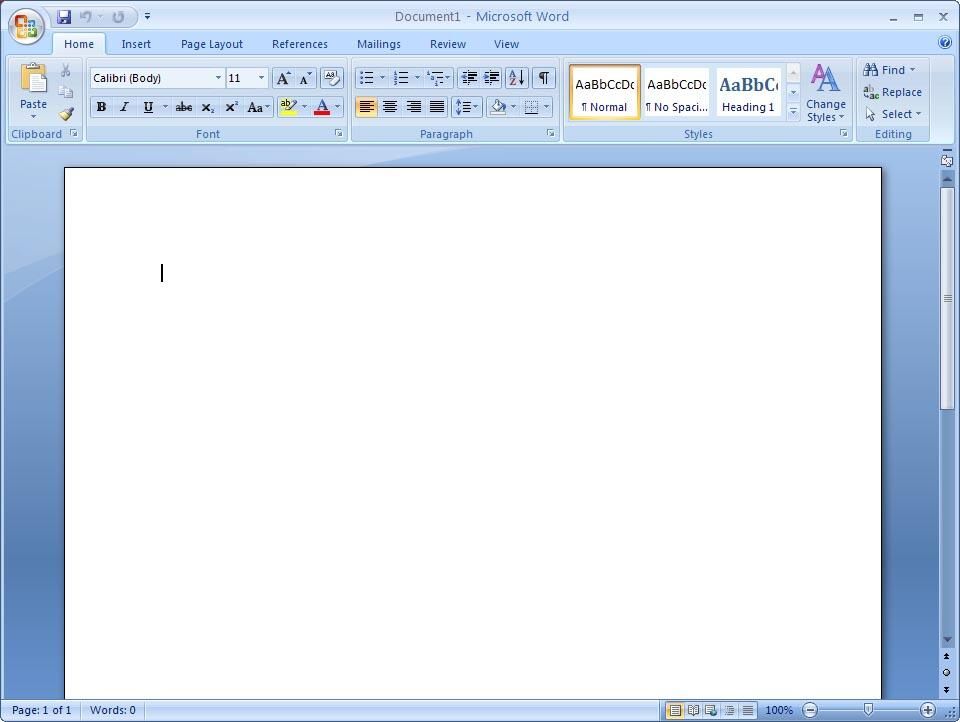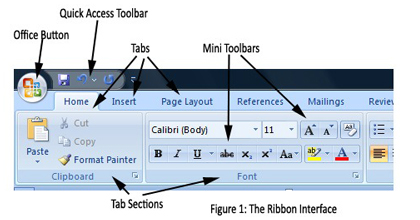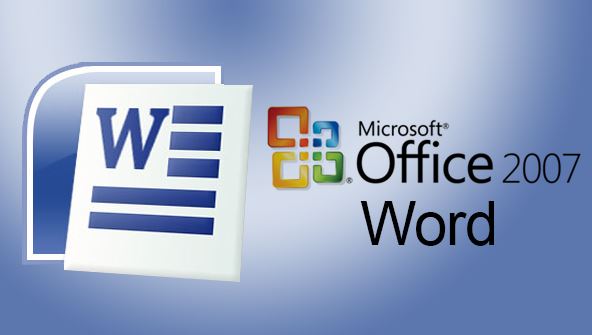Microsoft Word Free Download For Windows 2007
Microsoft Word 2007 Free Download for PC Quickly adopted by millions of users to manage, create and collaborate the text editor productivity. Word 2007 helps you make professional- looking documents with ease. You ’ll spend further time jotting and lower time formatting documents with new editing and layout tools that are presented in the Microsoft Office Fluent stoner interface. To speed template- grounded document authoring, Word 2007 templates can be deeply integrated with business processes and back- end systems.
Microsoft Word Latest Version
As of my last knowledge update in January 2022, the latest version of Microsoft Word was Microsoft Word 2021. However, Microsoft typically releases new versions and updates regularly. I recommend visiting the official Microsoft website or checking for updates through your Microsoft Office application to find the most current version of Microsoft Word available as of 2023.

Microsoft Word Product Key
- TT3M8-H3469-V89G6-8FWK7-D3Q9Q
- HGDQJ-TBV2H-FM2Q3-PC7M8-GDW7W
- FHH8R-7WC4H-BH696-VBV6D-VCBMB
- HCFPT-K86VV-DCKH3-87CCR-FM6HW
- G333X-86T9C-P92KX-M4P67-4PWYT
- TBMFM-QXMQX-G8FVP-BFH9J-X9PHM
Key Features of Microsoft Word
Microsoft Word, a popular word processing software, offers a wide range of key features for creating, editing, and formatting documents. Here are some of its key features:
- Text Editing: You can type, edit, and format text in a document, including fonts, styles, and sizes.
- Spell and Grammar Check: Word includes a spell check and grammar check feature to help you catch errors in your documents.
- Templates: It provides a variety of pre-designed templates for various document types, making it easy to create professional documents.
- Formatting Tools: Word offers extensive formatting options for text, paragraphs, and pages, including indents, line spacing, alignment, and more.
- Styles: You can apply and customize styles to maintain a consistent look throughout your document.
- Tables: Word allows you to create and format tables for organizing and presenting data.
- Images and Graphics: You can insert, edit, and format images, shapes, and other graphical elements in your documents.
- Headers and Footers: Add headers and footers to your document for page numbers, document titles, and other information.
- Page Layout: You can control page size, margins, orientation, and other layout settings.
- Sections: Divide your document into sections with different formatting for each section.
- Bullets and Numbering: Create bulleted and numbered lists to organize information.
- References: Easily add citations, footnotes, endnotes, and create a table of contents.

Advance Features in Microsoft Word
- Headers and Footers: Add headers and footers to your document for page numbers, document titles, and other information.
- Page Layout: You can control page size, margins, orientation, and other layout settings.
- Sections: Divide your document into sections with different formatting for each section.
- Version History: You can view and restore previous versions of a document to track changes over time.
- Autosave and Auto-Recovery: Word automatically saves your work at regular intervals and can recover unsaved changes in case of a system crash.
- Integration: Word is part of the Microsoft Office suite, which means it seamlessly integrates with other Microsoft Office applications like Excel and PowerPoint.
- Cloud Storage: You can save and access your documents on cloud storage platforms such as OneDrive or SharePoint.
- Accessibility Features: Word includes features to improve accessibility, making it easier for individuals with disability.
Official Website
System Requirements
- Min Operating System: Microsoft Windows Server 2003 or later, Microsoft Windows XP SP2 or later.
- Processor Speed. 500 Hz.
- Min RAM Size. 256 MB.
- Min Hard Drive Space. 1.5 GB, 2 GB.
How To Install?
- Acquire Microsoft Office 2007: You’ll need the Microsoft Office 2007 installation media, which could be a physical CD/DVD or a digital download, along with a valid product key.
- Insert the Installation Media: If you have a physical copy of the installation disc, insert it into your CD/DVD drive. If you have a digital download, locate the installation file.
- Run the Installer:
- If using a physical disc, the installation process may start automatically. Follow the on-screen prompts.
- If you have a digital download, locate the installation file and double-click it to run the installer.
- Enter Product Key: During the installation, you will be prompted to enter your 25-character product key. This key should have come with your Office 2007 package. Enter it accurately.
- Choose Installation Options: You can typically choose which Office applications you want to install. Select Microsoft Word if it’s not already selected.
- Customize Installation: You can also customize the installation location, but the default settings are usually fine for most users.
- Complete Installation: Follow the prompts to complete the installation. This may take some time as the software is installed on your computer.
- Activate: After installation, you may need to activate your copy of Microsoft Office 2007 online or by phone. Follow the activation process provided during installation.
- Updates: It’s a good practice to check for and install any updates for Microsoft Office 2007 to ensure it is up-to-date and secure.
Remember that Microsoft Office 2007 Crack has reached the end of its support lifecycle, so it’s advisable to consider upgrading to a more recent version of Microsoft Office for better security and compatibility with modern document formats. Additionally, make sure your Windows 2007 computer is up to date with the latest security patches, as running an unsupported operating system can pose security risks.
Conclusions
Microsoft Word 2007 is remember that the style and content of your conclusion may vary depending on the type of document you’re creating. In academic papers, business reports, or other formal documents, the conclusion should be well-structured and provide a clear summary. In creative or informal documents, the conclusion can be more flexible and in line with the overall tone of your writing. Adding a well-crafted conclusion helps your readers to understand the key takeaways from your document and reinforces the main points you’ve made.
